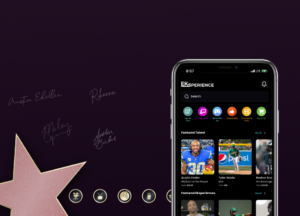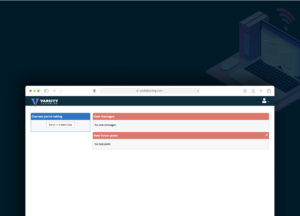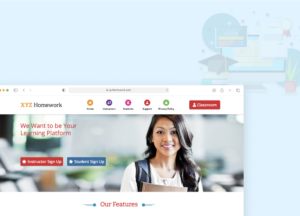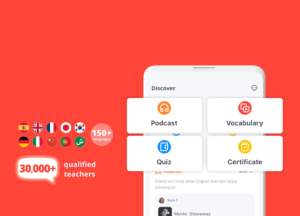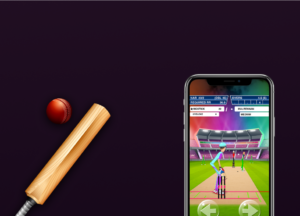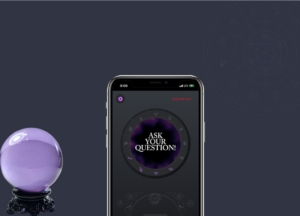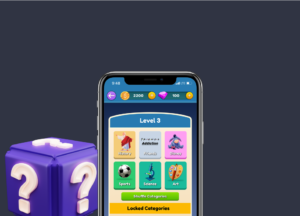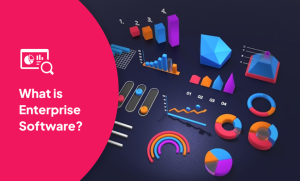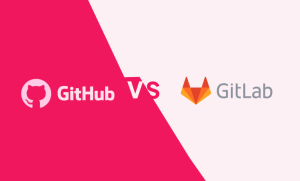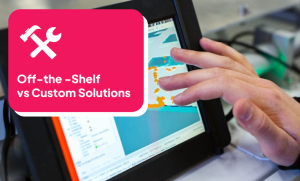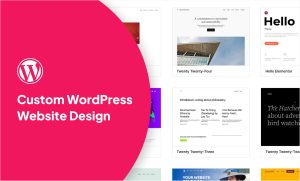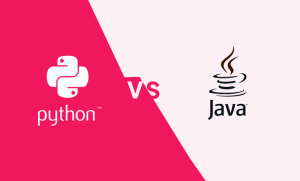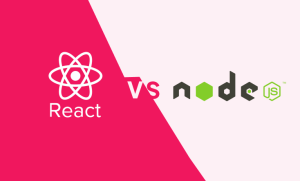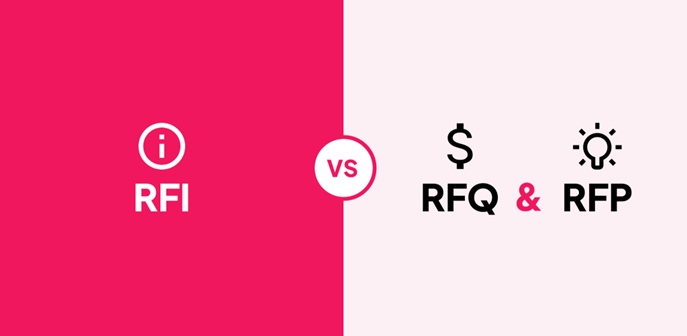When you're putting together RFI questions, aim for clarity and relevance—this way, vendors will have a better shot at giving you accurate answers.
Think of it like ordering at your favorite restaurant; if you ask for exactly what you want, you're more likely to get a meal that hits the spot!
Streamlining your RFI process with standardized formats can be a game changer. It makes comparing vendors a breeze and ensures that your evaluations are consistent.
Now, when it comes to evaluating those RFI responses, look for the ones that best suit your resource and capability needs.
It's kind of like finding a puzzle piece that fits perfectly—those are the partnerships that are likely to thrive!
Crafting Effective RFI Questions

Crafting effective RFI questions is crucial for securing the information you need to make well-informed decisions. Aim for clarity and brevity when you're putting together your RFI (request for information). This isn't just about keeping things short; it's about making it easy for vendors to provide you with the relevant information without feeling like they've just received a pop quiz.
Think about what you really want to achieve with your project. Align your questions with your objectives and the specific services or capabilities you're on the hunt for. And hey, if you can use a management platform to organize all this, even better! It can really help streamline the process and keep your information requests neat and tidy.
Here's a handy table to keep you on track:
| Key Element | Description |
|---|
| Clarity | Ensure questions are straightforward and concise. |
| Alignment | Tie questions directly to project objectives. |
| Standardization | Use a consistent format for easy comparison. |
| Feedback Loop | Let vendors ask for clarification when needed. |
Now, a little tip: try to steer clear of asking for pricing details in your RFI. Instead, focus on understanding the vendor's qualifications, experience, and resources. This way, you can gauge their fit for your project without diving into financial nitty-gritty right off the bat.
And don't underestimate the power of a feedback loop! Allowing vendors to ask for clarification can really enhance the quality of the responses you get. It opens up communication and helps ensure everyone is on the same page. After all, we all know how a little clarity can go a long way, right? Happy crafting!
Streamlining RFI Processes

Streamlining your RFI processes is key to making communication with potential vendors smoother and more effective. Let's face it: clear, concise, and complete requests make everyone's life easier. You want the information you ask for to be crystal clear, right? That's where customizable online templates come in handy. They let you lay out all the necessary details in a way that's easy to digest. Think of it as giving your vendors a roadmap—no one likes getting lost!
And let's not forget about document management. Imagine a world where you can approve documents without the hassle of printing, signing, and scanning. Enter secure e-signature tools! These nifty gadgets speed up the approval process, saving precious time and ensuring efficient RFI processes.
Plus, trimming down your requests to only what's truly necessary lightens the load for vendors. It's a win-win situation: They'll appreciate the streamlined approach, and you'll enjoy quicker, more accurate responses. Who doesn't love a fast turnaround?
But hold on—don't just set it and forget it! Regularly updating and reviewing your RFI processes is crucial. It's like keeping your favorite recipe fresh; you want it to adapt to changing tastes and trends. By taking a proactive stance, you ensure that your organization remains on the cutting edge.
With these best practices under your belt, you're not only boosting efficiency but also nurturing successful vendor relationships and project outcomes.
And just a friendly reminder: if you ever need tailored solutions for your software and app development, App Makers LA has you covered!
Evaluating RFI Responses

Evaluating RFI responses is a crucial step in ensuring your project gets off on the right foot. Think of it as laying the foundation for a sturdy building—if you don't get it right, the rest can come tumbling down!
To kick things off, it's vital to establish clear evaluation criteria. This will help align the responses with what your project truly needs, making your decision-making process much more straightforward.
Now, I can't stress this enough: using a standardized format for comparing responses is a game changer! It not only ensures consistency but also simplifies the analysis. You want to be able to make direct comparisons between vendors without feeling like you're deciphering ancient hieroglyphics.
And hey, don't forget about the power of engaging subject matter experts. They can provide invaluable insights, especially when it comes to technical specifications. It's like having a secret weapon in your back pocket!
Timeliness is also a big player in this game. Reviewing RFI responses without delay keeps your procurement processes on track. Aim to wrap up evaluations within a couple of weeks—it'll help keep everything running smoothly and prevent any unnecessary hiccups.
Lastly, remember to document your evaluation outcomes and the reasoning behind your decisions. This not only maintains transparency but also builds accountability in the vendor selection process. It's like keeping a diary of your journey—one that you can refer back to down the line.
Keep these best practices in mind:
- Set clear evaluation criteria to steer your analysis.
- Stick to a standardized format for easy comparisons.
- Bring in subject matter experts for that extra edge in accuracy.
- Keep a record of your evaluation outcomes for transparency and accountability.
Happy evaluating!







